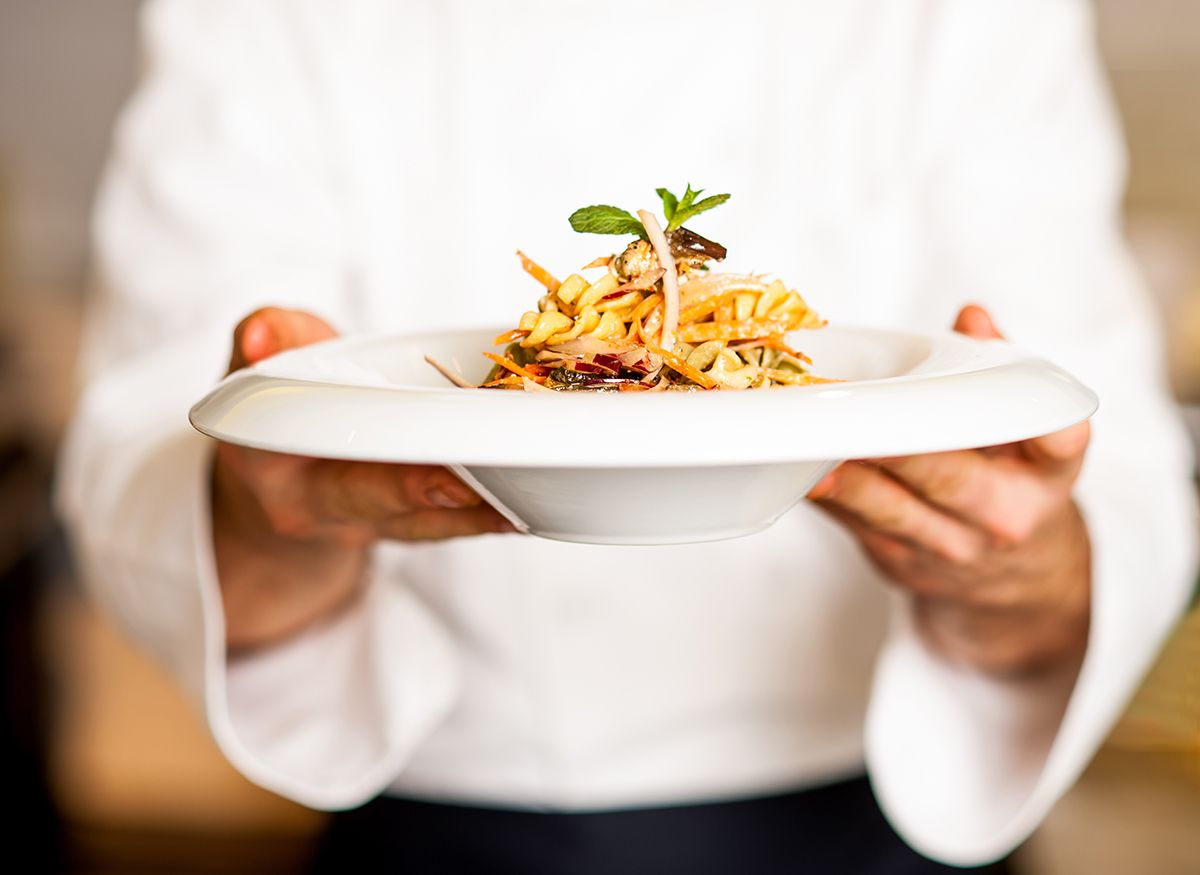
There is a flurry outside my kitchen window. Not of snow, although my New England heart would certainly be thrilled at the prospect. No, it is a flurry of birds’ wings, all around my two feeders. Somebody must have told them it is lunchtime as they have flown in from every direction to partake of my offerings. There are 19 species, I kid you not, as I have written them all down and they are all famished.
This collection of species is a wonderful study of personalities as well as the weather, but today I am most interested in all the colors and variations thereof.
Why, there is the blue of the bluebirds, orange breast of the robin, (yes there is actually a robin trying to get the food in my caged, globe feeder), rose of the House Finches, red of the cardinal, the “almost” yellow of the goldfinches, chestnut of the Carolina wren, black and white of the chick-a-dees and downy woodpecker, and gray of the titmouse and juncos. As they feast on my seeds, I feast on their colors.
Color used in rooms, or in our closets can be indicators of our personalities, as well as our mental state at a particular moment. Why do we dress in bright colors in the spring and summer, tend to be less bright in the fall and downright dark in the winter? Why do we tend to wear dark for a funeral and bright for a wedding? Color says a lot about our mood as well. Color in rooms can bring out the worst and the best in us.
Most of us remember mixing paints together as children. The more colors you put together, the muddier and closer to gray the colors got. Remember the three primary colors in a color wheel? There are different words for color variations as well, including hue, value, tint and shade.
How do our aging eyes perceive color? What colors are best for certain activities and movements? According to the Baucom Institute for life and longevity, there are a number of age-related changes that occur which affect both vision and color perception. There is also a thickening and yellowing of the lens of the eye, which is similar to viewing the world through a pale yellow film. This makes it harder to differentiate between colors in the green and blue shades. This yellowing also “absorbs” more of the blue light entering the eye, which means things in the environment look much more yellow to an older person than to a younger individual.
Blue is a restful color with a calming effect and which can actually lower blood pressure.
Red increases brain wave activity and can stimulate the production of adrenalin into the blood stream.
Green is associated with growth and life, and is the most restful of colors. Green reduces central nervous system activity and helps people feel calm.
Yellow is a highly visible color and thus is often used to carry important messages.
As we think of the birds and of the different colors of each, we can see that they do certainly indicate their personalities. Just as they will soon be brighter in plumage, we will turn to brighter colors as well. Can spring be far away? I think not!
Joanne, who lives in Magnolia Estates, is the Director of the North Mecklenburg Senior Center, affiliated with the Mecklenburg County Park and Rec Department. She can be reached at 980-314-1127.





